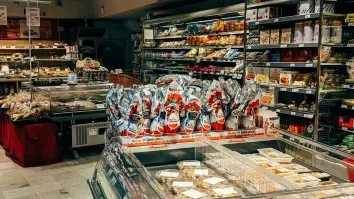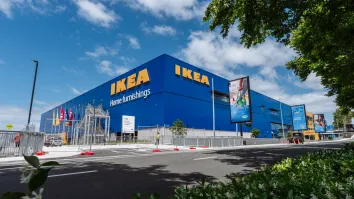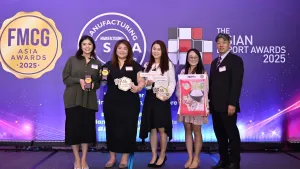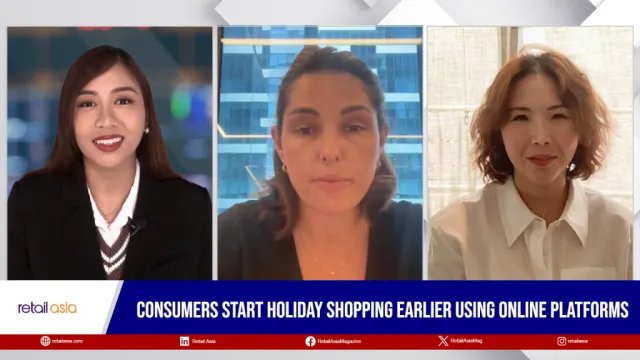Asia-Pacific foodservice sales may hit US$1.5 trillion in 2019

The Euromonitor research showed that although 25 chains headquartered in three regions — Asia-Pacific, Middle East-Africa and Western Europe — made the 2015 list, 16 brands (or 64%) had Asia-Pacific as a home market.
Despite a slowdown in foodservice sales expansion in China, Euromonitor International’s research predicts that the country will continue to lead the Asia-Pacific region and remain one of the fastest-growing Asian markets over the next five years.
The Asia-Pacific region will be one of the most coveted areas for foodservice operators.
According to Euromonitor International, Asia-Pacific’s foodservice sales will rise in the next five years by 38.7% to US$1.5 trillion in 2019. The US-Canada total is forecast to rise by 24.3% to US$691.4 billion.
China continues to lead the region in sales and despite signs of a slowdown in foodservice sales expansion, Euromonitor International’s Michael Schaefer believes China will “remain one of the fastest-growing Asian markets over the next five years”.
The estimates and report on the foodservice industry were presented in Euromonitor and Nation’s Restaurant News’ (NRN) latest ranking of the top 25 international foodservice operators outside North America. Data and analysis were based on worldwide sales from 2012 to 2014, covering system-wide sales, corporate revenue, unit metrics and market share statistics.
Behind Asia-Pacific, Latin America and Western Europe are set for the largest growth in foodservice.
International markets are important to operators as they provide potential for growth outside of the stagnant US market. For example, Asia-Pacific’s total foodservice sales in 2014 totalled US$1.1 trillion, compared with North America’s US$556.3 billion.
The number of truly global foodservice players is likely to continue to grow, along with an accelerating pace of growth in innovation.
The number of truly global foodservice players is also likely to continue to grow, along with an accelerating pace of growth in innovation.
Euromonitor also predicted the chain-restaurant component in the Asia-Pacific region to increase by 34.3% to US$283.6 billion annually, between 2014 and 2019. That forecast would make Asia-Pacific the second largest incremental growth market in the world for multi-unit operators, behind the US-Canada, where Euromonitor anticipates a 25.7% hike in chain sales by 2019 to US$369.6 billion annually.
“Asia-Pacific, led by China, is now the world’s largest restaurant market by some distance,” said Schaefer.
“Prospects across the region remain bright, as local dining traditions and strong income growth fuel expansion (with) local players — chains and independents — leading the way, as upwardly-mobile Asian consumers seek to combine the sophisticated and the familiar.”
Asia-Pacific operators within the International Top 25 chains also built on their dominant shares of the group’s worldwide receipts and locations in 2014.
The Euromonitor research showed that although 25 chains headquartered in three regions — Asia-Pacific, Middle East-Africa and Western Europe — made the 2015 list, 16 brands (or 64%) had Asia-Pacific as a home market.
In terms of chain sales, the report said that system sales growth for the largest international chains slipped to an average of 4.8% in 2014 from 5.5% in 2013.
Several of the largest Japanese players, including convenience store chains 7-Eleven and Lawson saw sales growth slow down in 2014, but Japan as a market, performed relatively well last year.



















 Advertise
Advertise






